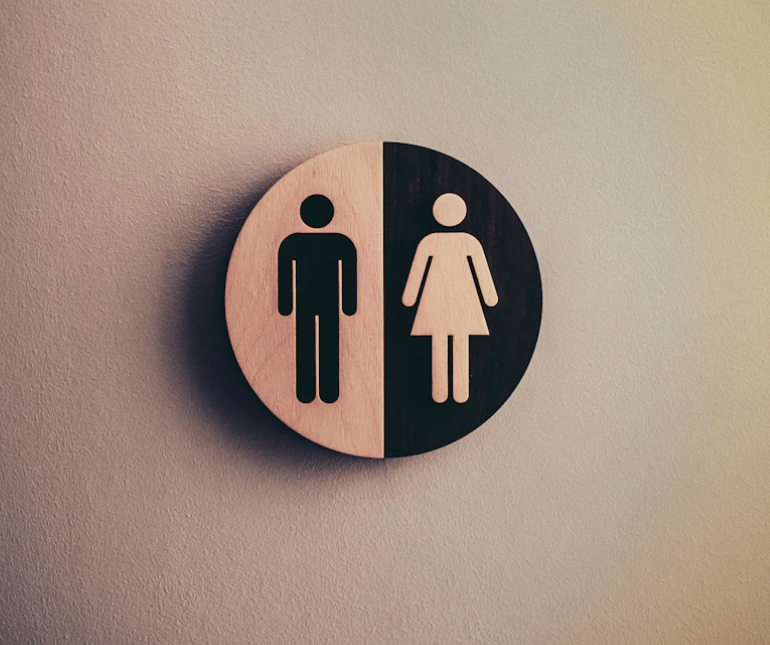SASHA BUKHTIYAROVA / CONTRIBUTOR
International Women’s Day on March 8 may seem limited to just a change in profile picture for a major business, or a post on one’s Instagram story. However, growing up with parents who emigrated from Europe, the holiday was a much bigger event. My mother told me in Europe there would be marches, and the men would always give women flowers on this day. Even now, my mom will send me a text on the morning of March 8, often accompanied by a little flower GIF.
With this holiday on the horizon, I thought it would be interesting to define femininity in my own words. As an idea, it felt simple enough -– I love the women in my life, and I can separate the experiences I have with them from those with the men who I am friends with. Yet, when I sat down to write, the page remained blank.
I began to realize that the words that I would’ve used to define the feminine experience — understanding, unity, empathy —seemed to be derivatives of the words that characterize toxic masculinity. Since the socialized definition of masculinity has normalized and encouraged patriarchal norms, trying to define “femininity” outside the constraints of these patriarchal values becomes challenging.
We exist in a world of binaries; good and evil, nice and mean, masculine and feminine. Because of this, the definition of one term becomes reliant on the other. It seems as if there is no feminine without masculine. This creates a circular argument, where both words define each other, but carry no intrinsic definition. It seems almost inescapable to define femininity, without considering the influences of masculinity, and vice versa. It felt odd that in this article, where I set out to celebrate women, I could only define the feminine experience against the backdrop of masculinity. Masculinity, in its own way, has also become a skewed and vague term.
I don’t want to make sweeping generalizations or invalidate different groups that identify as feminine (therein itself is an aspect of femininity: a desire for perfect inclusion, a community founded on differences). However, across my wide array of female-identifying and gender-fluid friends, the only trait that truly unites them is the sense of “togetherness” they foster. According to philosopher Thich Nhat Hanh, “the father of mindfulness,” “to be loved is to be recognized.” In my experience, the desire to recognize others despite personal differences and foster a sense of community truly is at the heart of femininity.
This was the point where my frustration grew, because I did not want to invalidate the communities formed by men, nor put feminine communities on a pedestal. I also did not want to restrict femininity to women alone, as feminine men do exist and even masculine men can embrace certain feminine traits. Down the rabbit hole I went, trying to conceptualize an abstract experience into words.
Even though it is not the original idea I had at the outset of this piece, nor did it feel to be a totally satisfying conclusion, the only definition I could come up with for femininity was a reflection of masculinity. Today, that more so reflects an image of toxic masculinity. The feminine emphasizes community because masculinity emphasizes individuality. The feminine emphasizes understanding because masculinity emphasizes assertion.
To confine ourselves to these binaries when defining our experiences with gender is to limit our potential in friendships, relationships, even our understanding of self. It is easier to think of ourselves as one thing or another, rather than an accumulation of many things — most of which are socially projected onto us. As much as I love being a woman and embracing my femininity, it saddened me to realize I had no tangible definition of the idea.
Engaging in these circular definitions trivializes the intricacies of the human experience. I strongly encourage those reading to define themselves and their masculinity or femininity outside the confines of one or the other. To do so allows for a more nuanced picture to form, an idea that is respectful and understanding of the complexity involved in its creation. Simplifying our understandings of femininity and in turn, masculinity, simplifies our understandings of ourselves.
The binary makes it difficult to define femininity outside of patriarchal values. Photo courtesy of @timmossholder/Unsplash—





Leave a comment